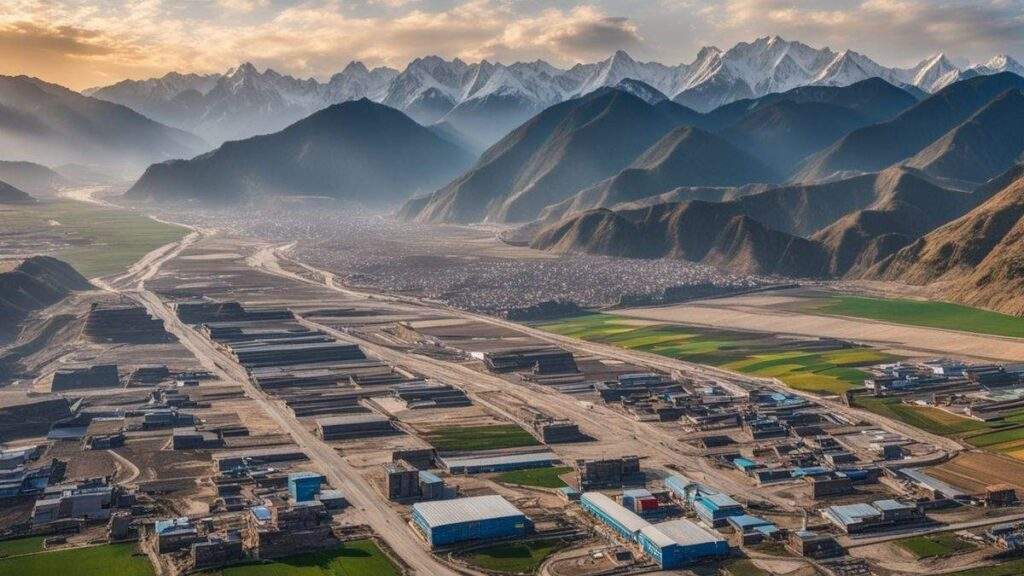In Southwest China’s Xizang Autonomous Region, also known as Tibet, a remarkable economic surge has taken place, with a staggering 9.5% increase in GDP in 2023. This growth, the highest in China, is attributed to the region’s strategic focus on developing specialty industries like highland barley and yak farming, as well as significant advancements in infrastructure and a thriving tourism sector. A Chinese national political advisor shared insights with GT, emphasizing Xizang’s potential to sustain its economic momentum into 2024.
The driving forces behind Xizang’s economic success are not accidental but the result of deliberate planning and efforts to capitalize on the region’s unique resources. Industries such as highland barley and yak farming have tapped into the global demand for organic and sustainable products, while infrastructure development has improved connectivity and boosted tourism. These sectors have collectively contributed to Xizang’s impressive GDP growth, laying a strong foundation for further economic expansion.
In addition to economic development, Xizang has also made significant strides in cultural heritage preservation and environmental conservation. Initiatives to safeguard the region’s rich cultural history, such as the annual Buddha thangka display ritual at Tsurphu Monastery, have been instrumental. Furthermore, efforts to protect the environment demonstrate Xizang’s commitment to sustainable development, balancing economic growth with ecological preservation.
Looking ahead to 2024, Xizang is poised for continued growth as it builds on its current economic success. The focus on specialty industries, ongoing infrastructure enhancements, and a flourishing tourism sector position Xizang as a model of sustainable economic development. The region’s progress not only showcases its potential but also reflects China’s broader achievements in promoting regional growth and development.
Xizang’s transformation from a historically secluded region to a beacon of economic success and sustainable development is a testament to the strategic vision of its leaders. The region’s ability to sustain its growth trajectory in 2024 will solidify its position as a vital part of China’s economic landscape, offering valuable insights into leveraging local strengths for global success.
